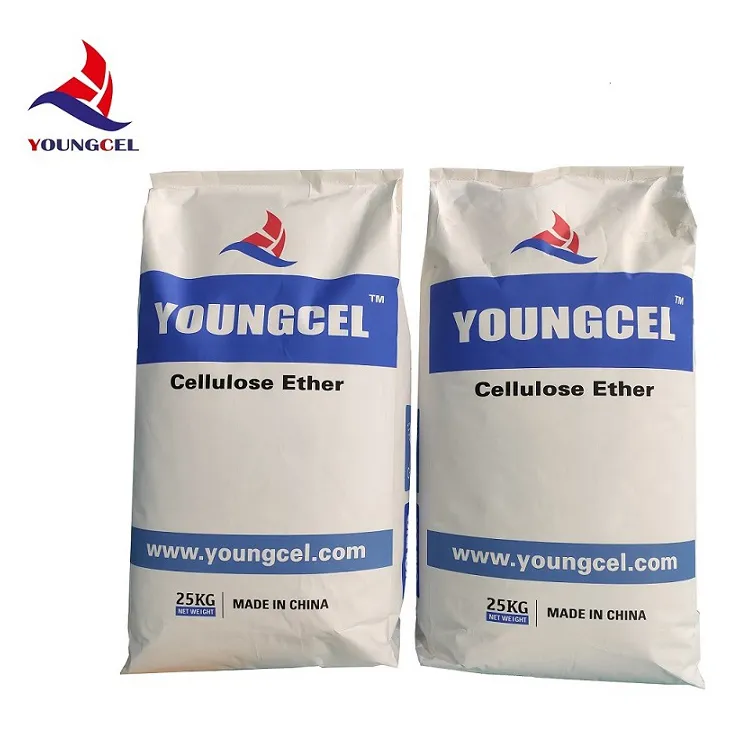The Advantages and Applications of Cellulose Adhesives
Cellulose adhesives, derived from natural cellulose sources, have garnered significant attention in various industries due to their eco-friendly characteristics and versatile performance. The increasing demand for sustainable materials has propelled cellulose adhesives into the spotlight, particularly as manufacturers seek alternatives to synthetic adhesives that can be harmful to both the environment and human health.
Composition and Production
Cellulose, a biopolymer found in the cell walls of plants, serves as the primary component of cellulose adhesives. It is abundant, renewable, and biodegradable, making it an ideal candidate for those looking to minimize their environmental footprint. The production of cellulose adhesives typically involves chemical modifications of cellulose or the use of cellulose derivatives, such as carboxymethyl cellulose (CMC) or hydroxypropyl cellulose (HPC). These modifications enhance the adhesive properties while maintaining the eco-friendly nature of the material.
Superior Bonding Properties
One of the standout features of cellulose adhesives is their excellent bonding capabilities. They can bond a wide range of substrates, including wood, paper, textiles, and some plastics. This versatility makes cellulose adhesives particularly valuable in industries such as woodworking, packaging, and textiles. In woodworking, for example, cellulose adhesives provide a strong and flexible bond that can withstand various stresses and environmental conditions.
Additionally, cellulose-based adhesives exhibit good water resistance and thermal stability, which are crucial properties in many applications. They can withstand humidity variations without losing their adhesion properties, making them suitable for both indoor and outdoor uses.
Environmental Impact
With the growing concern over climate change and pollution, the eco-friendly nature of cellulose adhesives has emerged as a primary benefit. Unlike conventional adhesives, which may release volatile organic compounds (VOCs) and other harmful chemicals during application and curing, cellulose adhesives are generally low in VOCs, thereby contributing to better indoor air quality.
cellulose adhesive

Furthermore, the biodegradability of cellulose adhesives means that they can decompose naturally after their useful life, minimizing landfill waste. This is particularly important in industries such as packaging, where single-use products are prevalent. By opting for cellulose adhesives, manufacturers can enhance the sustainability of their packaging solutions.
Applications Across Industries
Cellulose adhesives find applications in a myriad of sectors. In the construction industry, they are utilized for laminating wood products and as binders in plywood production. Their strong bonding properties ensure that structural integrity is maintained while also allowing for a reduction in the use of more hazardous adhesive options.
In the textile industry, cellulose adhesives are employed in the fabrication of non-woven fabrics and as binders for coatings and finishes. Their ability to adhere well to fibers without compromising their flexibility makes them an attractive choice for clothing manufacturers.
In the packaging sector, cellulose adhesives are increasingly used for sealing cartons, labels, and other paper products. The shift towards more sustainable packaging solutions has seen a rise in demand for adhesives that are not only effective but also environmentally responsible.
Future Prospects
As industries continue to evolve and adapt to sustainability goals, the role of cellulose adhesives is expected to expand. Ongoing research is exploring innovative formulations and applications that leverage the unique properties of cellulose. With advancements in technology, cellulose adhesives are poised to play a pivotal role in the development of eco-friendly products that meet the stringent demands of modern consumers.
In conclusion, cellulose adhesives present a compelling case for their widespread adoption across various industries. Their superior performance, combined with their environmentally friendly attributes, positions them as a leading alternative to traditional synthetic adhesives. As the world moves towards a more sustainable future, the significance of cellulose adhesives will only continue to grow, paving the way for greener manufacturing practices and products.
-
The Versatility of Industrial Additives: Mhec, Hpmc, And Wall Putty SolutionsNewsMar.28,2025
-
The Importance of HPMC in Modern IndustriesNewsMar.28,2025
-
Partnering with Reliable Manufacturers for Optimal ResultsNewsMar.28,2025
-
Enhancing Construction Performance with Redispersible Polymer PowdersNewsMar.28,2025
-
Enhancing Construction and Household Products with Advanced AdditivesNewsMar.28,2025
-
Building Strong Foundations with Key Construction MaterialsNewsMar.28,2025






